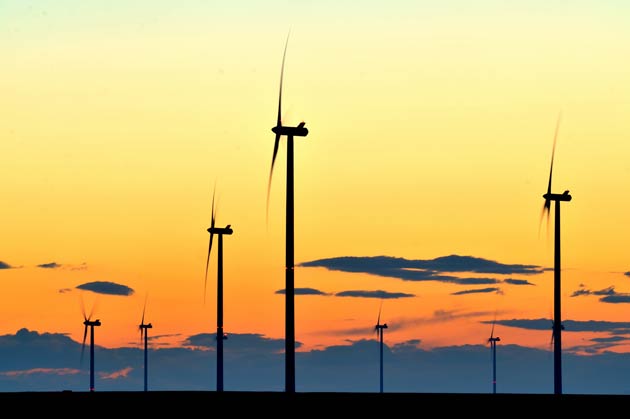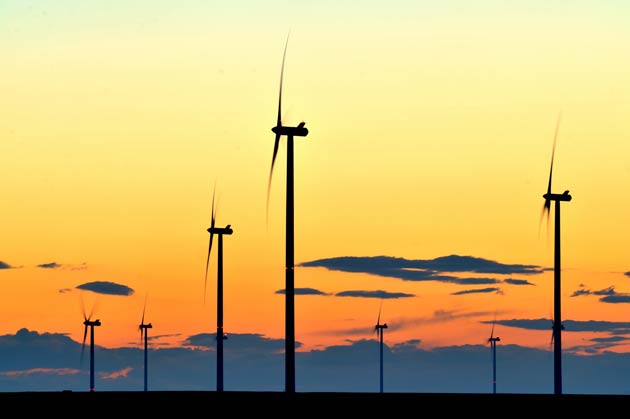
There have been worrying headlines about the government’s waning commitment to renewable technologies, but the UK is still producing a large percentage of its energy through renewable sources and installing world-leading projects across the country.
The UK has long demonstrated a commitment to using renewable technologies to help meet the country’s energy requirements. At present, upwards of 20% of our electricity is produced through renewable sources, such as wind, wave, marine, hydro, biomass and solar.
The EU’s renewable energy plan, which will need to be met regardless of the vote for Brexit, has set targets to increase this to 30% of our electricity requirements by 2020. This is part of an overall target of 15% of all the UK’s energy needs coming from renewable sources, which includes heating and transport. At present, it looks possible to meet the electricity targets if current trends continue, though transport and heating are proving slower to grow due to the difficulties surrounding the alternatives to fossil fuels.
There are concerns that we may not meet the 2020 energy targets without a change in government policy to put more investment into renewable technologies. A detailed report from the Energy and Climate Change committee, analyses the current policies, whether they are enough and what is missing from the current Government’s plans.
An interest in renewable energy by the public will become an interesting policy talking point at the next General Election, when we will know if those renewable energy targets have been met or not. Jeremy Corbyn has already released a manifesto on the topic, stating that should he become Prime Minister, he would set a Labour target or generating 65% of UK electricity from renewable sources by 2030 to make the UK a world leader in green technology.
However, targets aside, the UK has been continuing to prove that it is investing in these technologies and is setting standards for the rest of the world to follow. At the beginning of September, the first of 32 new wind turbines were installed at the Burbo Bank Extension offshore wind farm in Liverpool Bay. The MHI Vestas 8MW turbines are the largest in the world and the first time they have ever been used in an offshore windfarm. Once the farm is complete, it will generate the electricity needed to power 230,000 UK homes.
Wind power is one area where the UK excels, due to the country’s favourable conditions for high average wind speeds, and has plans to continue to do so. An article in reNEWS, reports that the government remains firmly committed to the offshore wind industry and around 1GW a year of offshore wind will be added over the next few years.
A slightly overlooked and yet significant project has also been launched by Camborne Energy Storage, as reported by The Canary. The company has installed a grid-scale solar power storage facility in Somerset, which is the first of its kind in Europe. It is essentially a ‘battery’ for its nearby solar fam, using Tesla battery technology to store and provide enough power for over 500 homes.
It seems that UK businesses are committed to renewable technologies and reducing their impact on climate change, which could see more innovative and world-leading projects emerge in the future.
 Could Britain be the world’s leading producer of renewables technology?
Could Britain be the world’s leading producer of renewables technology?

